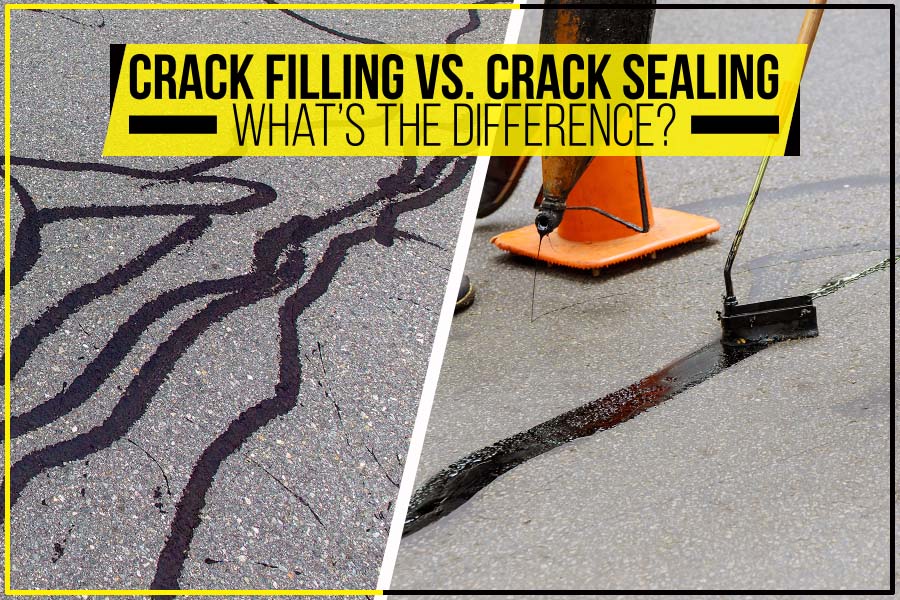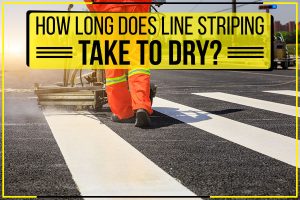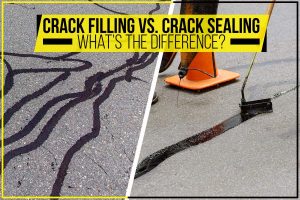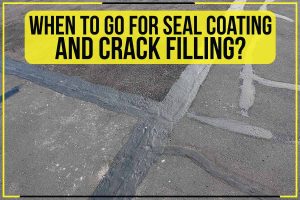Believing in the maxim ‘ignorance is bliss’ often brings more harm than good – especially for property owners who have invested a great deal on their asphalt and concrete surfaces.
And for this reason, we strongly suggest all property owners take heed the moment they notice the slightest crack on their parking lots, sidewalks, and pathways.
How? You may ask. You guessed it – by looking into asphalt maintenance as a savior of your valuable commercial investment!
However, there is one thing that confuses many property owners: should they opt for crack sealing or crack filling as an asphalt repair option?
Know the difference between the two already and want to jump straight in with your asphalt and concrete repair work? Head towards Standard Striping in Annapolis, MD, to get your parking lot and other commercial spaces in top-notch condition without any delays, sloppy work, or costly rework today!
We discuss the two finest asphalt maintenance and repair services on the market in today’s blog post to put the confusion to rest for once and for all!
What Is Crack Filling?
Non-working cracks, also known as diagonal, longitudinal, and alligator cracks, are less than 0.1 inches wide and cannot be sealed using a crack sealer. Due to the nature of these cracks, only a crack filler can be used to close them.
A crack filler uses a filler comprised of non-rubberized materials and requires less equipment than the crack sealing process. The equipment needed to carry out a crack filling job are; a tamper, shovel, pressurized air, and a patch mix (either a cold patch or a hot patch) to successfully fill in the holes and cracks present in the surface.
What Is Crack Sealing?
On the other hand, crack sealing is applicable in the case of working cracks (greater than 0.1 inches).
The equipment required for a crack sealing job is; melt pots, torches, and tanks. More may be required depending on the nature of the cracks and also the skill level of your paving contractor.
The crack sealing process begins with cleaning the crack thoroughly and then injecting the gap with a hot sealant to seal the surface. This prevents the now-sealed cracks and the subgrade from water penetration and forms a protective barrier against the cracks from other elements.
The purpose of having small, invisible-to-the-naked-eye cracks sealed is to prevent them from getting bigger and more challenging to tame down the line.
Although crack sealing is a relatively costlier repair procedure due to the tools and materials it requires, it is a better bang for your buck since it guarantees a longer service life for your surface than a crack filling job.
Property owners in Annapolis, MD, can rely on Standard Striping for all their asphalt and concrete maintenance and repair needs such as crack filling, line striping, signage installation, sealcoating, and thermoplastic road markings! Click here to get started.
